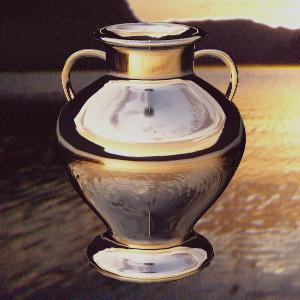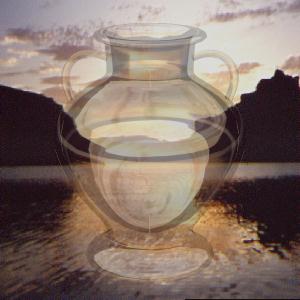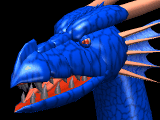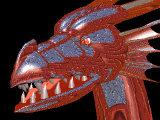The index function uses only the direction of R, leading to errors in planar surfaces on large objects that will tend to index onto the same point on the map. Also, mapping is essentially a spherical projection and contains a singularity at (0,0,Rz).
In chrome mapping, this gave rise to spikes whereas in this case, distortions arise in the map around the singularities. This is a degradation as it contributes to the final effect. The difference between longitude-latitude mapping and chrome mapping is that in the former, the map is the environment whereas in the latter, the map is an arbitrary image.
In terms of implementation, both of them are identical.
The mapping function R3 -> R2 is no longer spherical and so much less distortion.Environment maps are constructed by taking six images, from a fixed point, in mutually orthogonal directions either with a camera whose field of view is PI/2 or by using a renderer to construct the maps from a modeled scene.These six images are then converted into six mip-maps. The problem with using a real camera is tat it is difficult to construct six component map without encountering both geometric and illumination discontinuities at the seams or boundaries. This technique is popular as it gives a neat way of blending computer generated objects and live action sets.
Let us now look at a few examples of environment mapping
This figure shows a vase against a background.

This figure shows a vase which is highly transparent against a background.

This figure shows chrome mapping with soft shadows.



 Back to the main screen
Back to the main screen
Copyright - Sudhir R Kaushik (sudhir@cs.wpi.edu)